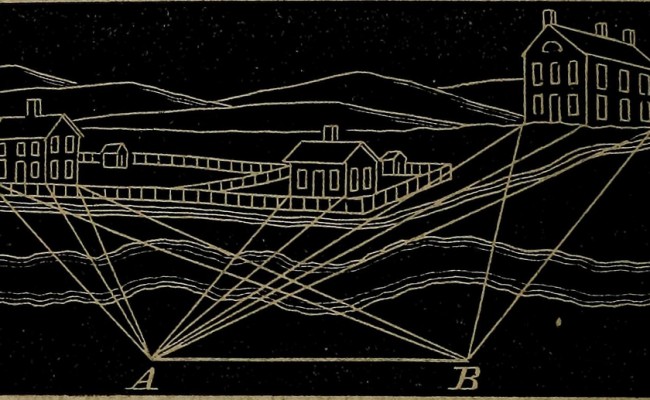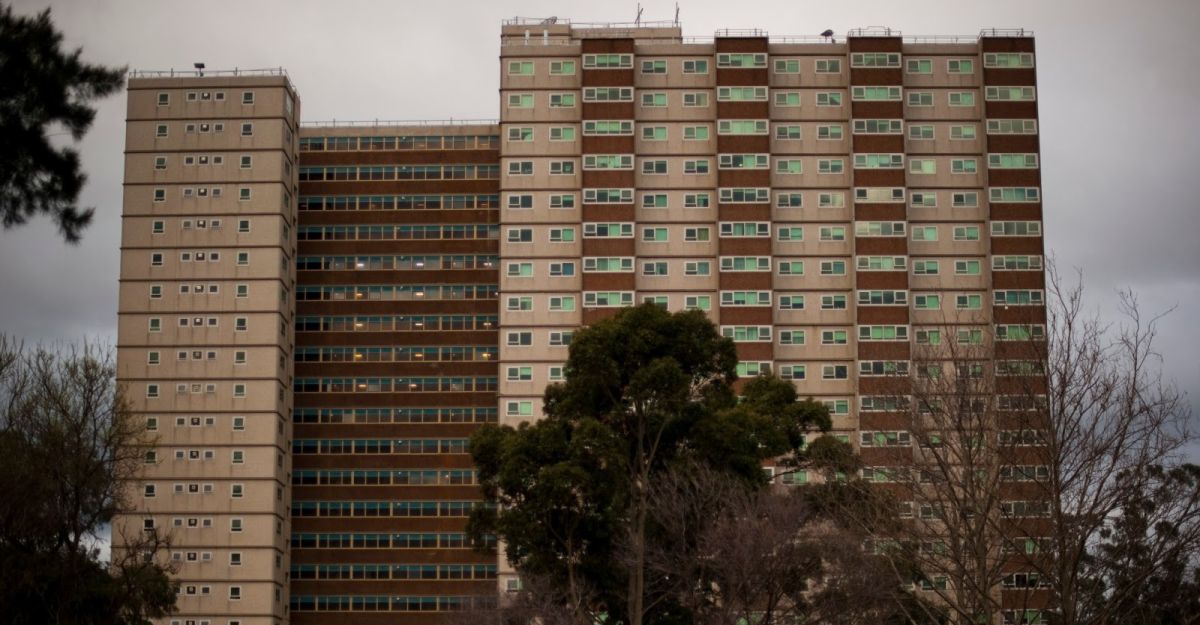Earlier this week, Crikey published Bernard Keane discussing the ‘serious threat’ to privacy raised by the upcoming census. This time around, Keane explained, the census will be asking for our names and addresses, and storing them alongside our data, to enable tracking of individual lives into the future. The ABS has argued that this will provide the ability to understand Australian society in more intimate detail. The Age ran a piece arguing that, through this kind of tracking and monitoring, more will be understood about Aboriginal life expectancy.
But the tracking of lives through government documentation, in particular Aboriginal lives and the lives of other racialised people, has a long history. Despite Keane’s alarm, this kind of surveillance is not a novel breach of privacy. Certain lives and populations have been subject to tracking and surveillance since the beginnings of colonisation in this country; such scrutiny has been a key tactic of various Australian governments. Indeed, two examples from the relatively recent past give a sense of the ways governments have monitored lives through the accumulation and documentation of data.
In the 1950s and 1960s, for example, Indigenous residents of the Gap Cottages in Alice Springs faced intensive surveillance and documentation. The Gap Cottages were a government housing scheme which consisted of twenty-four small, cement-brick residences situated on the outskirts of town near the abattoir. As historian Anna Haebich has shown, housing was a vital element in the imagined assimilation process of the post-war period. Housing was supposed to drive Aboriginal people into adopting mainstream Australian gender divisions, family structures and domestic practices. But the residences at the Gap were overcrowded, they had no kitchen sink, no bath or bathroom, no heating and, in the early years, no electricity. Residents had to draw their water from the tanks at the abattoirs, 200 yards away. Unlike the rest of the township, their ‘nightsoil’ was not removed daily, so lavatory pans often overflowed. Life at the Gap was no picnic, but it was a community where people raised families, and engaged in successful activism.
The Department of Native Affairs surveyed the community constantly to decide who deserved to live at the Gap, creating files thick with names, comments and recommendations. People were nominally assessed for their ability to meet rent, the potential acceptance of the tenant by the other residents and the size of the family. But administrators judged and collected much more information than that, as a Housing Schedule from 1957 shows. The department kept tabs on whether each family was married or de facto, how many children, place of abode and employment – in addition to comments about level of need, whether a potential tenant would be reliable and able to pay rent, whether they were ‘capable of maintaining a good standard’, whether adults were known to ‘drink and quarrel’, whether children were ‘reasonably cared for’ and how much ‘parental control’ was exercised over them, women’s skills in ‘homemaking’, and whether the house was ‘clean’.
Underlying the current resistance to the census is, perhaps, the idea that giving out information could have consequences. For the Gap community, that was a devastating reality. People could be moved to less desirable housing or evicted altogether if they didn’t pay rent on time or if they failed to maintain a certain ‘social level’. Rental arrears could result in being charged with a crime. Sometimes the government surveillance split families. One couple in the 1957 survey were classed ‘unreliable’ and it was recommended that they be refused housing. It was also recommended that their nine-year-old be removed from their care.
The surveillance of the Alice Springs Indigenous community was hidden in the administration of housing, under the guise of checking for repairs. Tenancy agreements contained a clause which permitted ‘any person or persons authorised in writing by the administrator at all reasonable times to enter the premises and examine the conditions thereof.’ Residents had no choice but to open their door. There is plenty of evidence of how the Gap community felt about this level of interference in their lives. In 1952 the local protector reported ‘I am fully appreciative that many of the people will resent frequent inspection, visits and direction. Notwithstanding, these will be made weekly.’ By 1954, it is not surprising that another administrator noted that the Gap community had ‘an inherent distrust … of Government officials’.
Fast forward a couple of decades and this intricate documenting of lives in Australia can also be seen in Victoria in the 1970s, when unaccompanied refugee children – primarily from Vietnam and Timor – were subject to the Immigration (Guardianship of Children) Act. Act Created in 1946, the legislation continues to be applied today, making the immigration minister the guardian for all unaccompanied migrant children who come to Australia seeking to stay, with many of the responsibilities of guardianship being delegated to Departments of Social Service or Community Service, or similar bodies.
These children, who lived in hostels, group homes, or sometimes with friends, would regularly be the subjects of surveys and questionnaires. This data collection acted as a form of census, telling governments how many children lived in a particular space, what their financial requirements were, and what qualities the children were perceived to have. The children, however, were not writing their own reports: it was the workers who would report on them. Many of these reports have ended up in the National Archives of Australia, with the names and addresses of the children still attached to their data, available for public access.
These reports are often lists of mundane details: names, addresses, welfare payments. But just as often they contain the thoughts of the workers, putting into permanent, traceable record their impressions of the lives and characters of these children. One child was described as being ‘happy to live in a large communal house if his friends were also living there, if this cannot be arranged he has a twenty-year-old friend’. Of another child it was written that she was bound to ‘have many problems settling in Australia. She is functionally illiterate. She has little or no concept of time, and combined with a very short concentration span, she has great difficulty in keeping appointments and performing any kind of organised work.’
Other children were described as ‘likeable’, or ‘more mature than her age would indicate, readily displaying responsibility and sensibility’, of having a ‘well mannered, pleasant personality’. A school was asked to provide a report on two siblings, and of the brother they report that he ‘wears very corrective glasses’ while the sister ‘has no physical problems, in fact she has a most affectionate smile’. Another child’s report states: ‘At the beginning he wanted to go back but with the time, he gained friends and his happy go lucky attitude is infectious. He has changed his mind and is definitely FOR AUSTRALIA.’
These two different sets of surveys show the haunting similarities of governmental concern over knowing, documenting and controlling the intimate details of racialised and excluded peoples’ lives. In both of these cases, census-style lists were created as part of the settler-colonial projects of control and assimilation, and they aided in the tracking of peoples lives across the years.
The history of the census in this country is shaped not just by filling out of forms every five years, but is replete with numerous instances when government tracking of people’s lives has been part of the control and categorisation of non-mainstream populations. Let us not forget – Aboriginal people were only included in census counts after the 1967 Referendum. Being attentive to these colonial histories enables us all to be more attentive to the ways people are tracked and divided up differentially in the present.
We saw this in the footage screened on Four Corners last week and the subsequent protests held on the weekend around the country (such as in Melbourne, where the rally, led by Warriors of the Aboriginal Resistance, brought the city to a standstill for 12 hours). Then there are the ongoing protests by refugees and asylum seekers in detention on Nauru, now on day 137, and Manus Island.
So while yes, it is true that we all need to be thinking about the privacy implications of the upcoming census, we also need to know our history: these practices have been trialled on Aboriginal people and refugees for a long time. In fact, every day, they still are.
–



